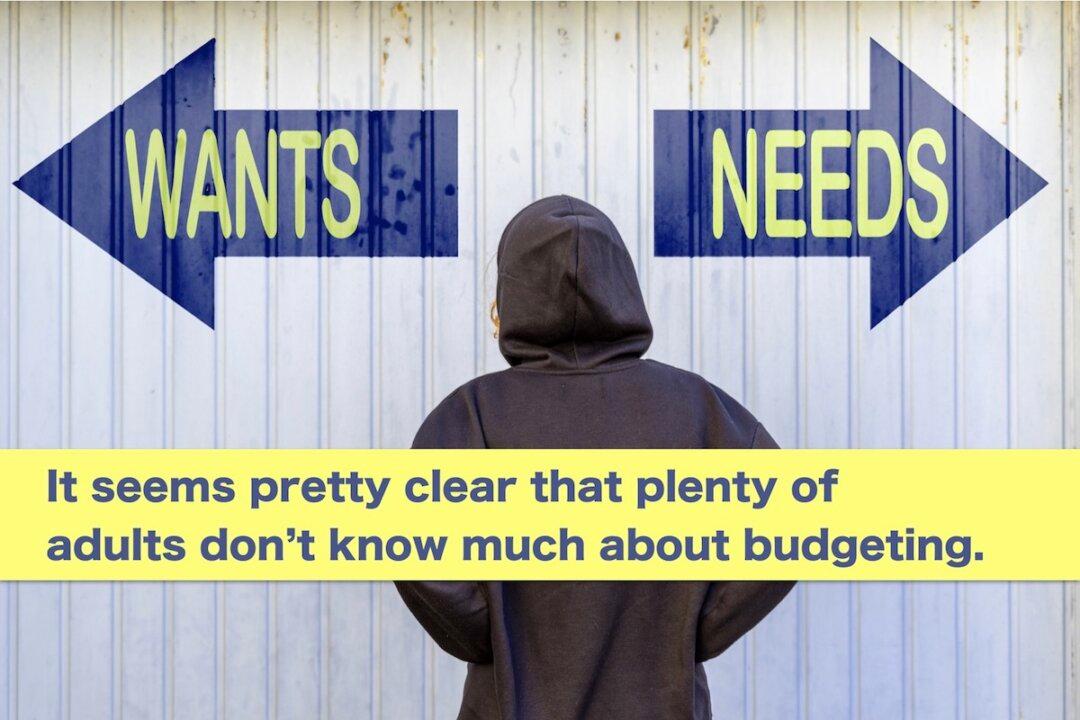American consumers owe more than $1 trillion in credit card debt. There is an additional $1.5 trillion in student loan debt outstanding. And just over three quarters of a million people filed for bankruptcy in 2019 (the most recent year data is available). Even though the experts say that the concept of “wants” versus “needs” can be understood by children between ages of 3 and 5, it seems pretty clear that plenty of adults don’t know much about budgeting.
Budgeting
We all have to make choices about how to spend our money. This is called budgeting. A budget sets forth your anticipated income and spending over a period of time. It allows you to see what you can afford, how much you can spend, and if you need to cut back on buying things because you don’t (or won’t) have enough money.
There is simply not enough money to buy everything you might want. You have to prioritize—to decide what is most important. You may have to wait to buy something you want because you can’t afford it or because you need something else. Avoid becoming one of the adults who does not understand this concept—make a budget and set goals. Compare how much you make in allowance, how much you make from chores or your job, and how much you have in savings against how much you can spend and how much you want to save.
Write down these amounts so you know how much you can really spend on the things you need and want. Please note: Make sure your budget takes into consideration the 20% savings goal you have set for yourself.
You can be a smarter consumer than most of the adults with all that credit card debt! Before you buy something expensive, research it, shop around, compare prices, and ask questions. Do you really need the item, or can you live without it? Are you replacing something broken? Do you have something else that will work just as well? What advantages does the new one offer?
TAKEAWAY #2: Pay credit card debt every month in full.
Once you have made your budget you can then set goals for what you are saving your money for. In fact, studies have shown that people who actually write down their goals on a piece of paper are actually 33% more likely to reach them, so jot down your goals—perhaps on the same paper you did your budget. Stick it on your mirror, put it on your nightstand, or keep it in your underwear drawer! And if you have to make an unexpected purchase, or decide you just have to have that new phone, you can look at your budget and see what other purchases you would have to cut out to do so ... then you can make a smart decision about it.
TAKEAWAY #3: Set goals; make a budget and stick to it.





